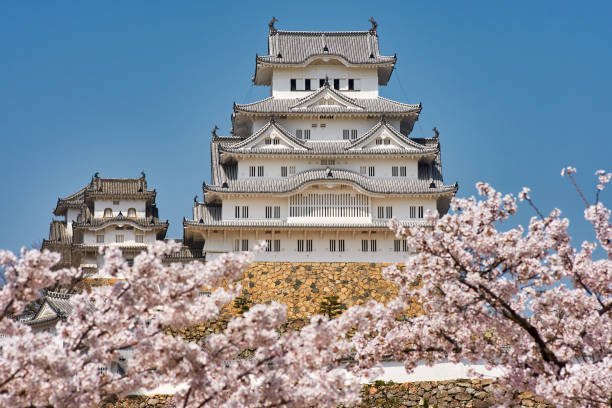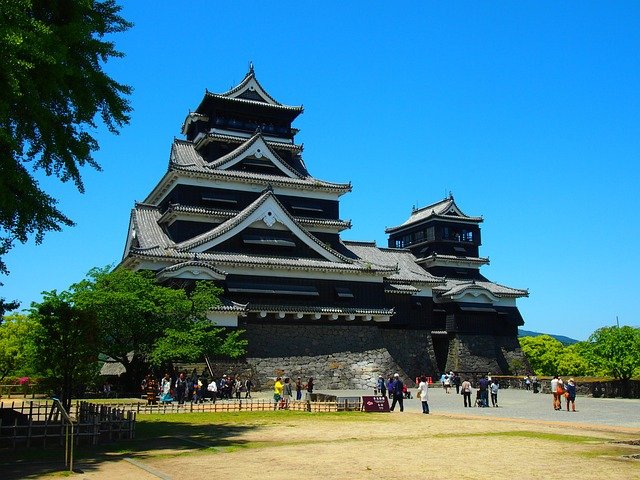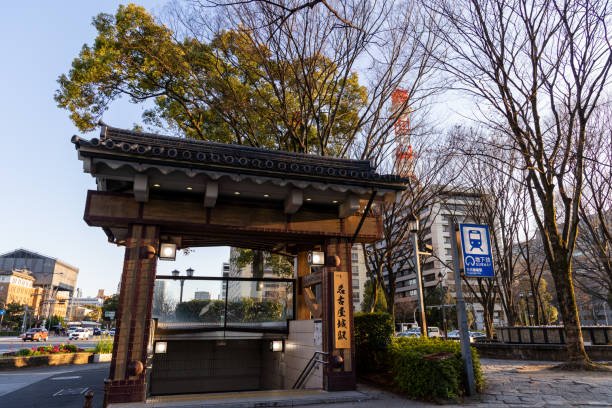Discover the majestic castles of Japan, each telling a story of samurai, shoguns, and feudal history. Explore these architectural wonders and their significance in Japan’s past.
Introduction:
Japan’s castles are remarkable testaments to the country’s feudal history, embodying both military strategy and artistic elegance. Built primarily during the Sengoku and Edo periods, these castles served as fortresses, administrative centers, and symbols of power. Many of these castles still stand today, offering a glimpse into Japan’s rich past. Whether perched on a mountain or surrounded by moats, each castle has a unique story to tell.
1. Himeji Castle
The White Heron Himeji Castle, often referred to as the “White Heron Castle” due to its elegant white exterior, is one of Japan’s most celebrated castles. Located in Hyogo Prefecture, it is a UNESCO World Heritage Site and is renowned for its sophisticated defense mechanisms, including multiple gates, winding paths, and strategic viewpoints. The castle has survived wars and natural disasters, making it a remarkable preservation of Japan’s feudal past.

2. Matsumoto Castle
The Crow Castle Matsumoto Castle, known as the “Crow Castle” due to its striking black exterior, is one of Japan’s few remaining original castles. Situated in Nagano Prefecture, it features a stunning multi-tiered keep, wooden interiors, and an expansive moat. The castle is especially picturesque during cherry blossom season, attracting visitors eager to experience its blend of strength and beauty.
3. Osaka Castle
A Symbol of Power Osaka Castle played a crucial role in Japan’s unification under Toyotomi Hideyoshi. Built in the late 16th century, it has undergone several reconstructions but remains a key historic site. The castle grounds include impressive stone walls, golden ornamentation, and a museum showcasing artifacts from the Sengoku period. Its strategic location and rich history make it one of Japan’s most visited castles.

4. Kumamoto Castle
A Fortress of Strength Kumamoto Castle, located in Kyushu, is known for its massive stone walls and robust defensive structures. It was a stronghold during the samurai era and played a significant role in historical battles. Although partially damaged by the 2016 earthquake, restoration efforts continue to revive its former grandeur. Visitors can explore reconstructed towers and learn about the castle’s storied past.

5. Hikone Castle
A Hidden Gem Hikone Castle is one of Japan’s few remaining original castles and offers an authentic look into Edo-period architecture. Located in Shiga Prefecture, it is smaller than some of Japan’s more famous castles but boasts well-preserved interiors, scenic gardens, and an impressive keep. The adjacent Genkyuen Garden provides a serene setting, making Hikone Castle a charming historical destination.
Conclusion:
Japan’s castles are more than just architectural marvels; they are living reminders of the country’s feudal history. From the imposing fortifications of Kumamoto to the elegant design of Himeji, each castle offers a unique perspective on Japan’s past. Whether you are drawn to their strategic military significance or their breathtaking beauty, exploring Japan’s castles is a journey through time, revealing the legacy of samurai and shoguns.












